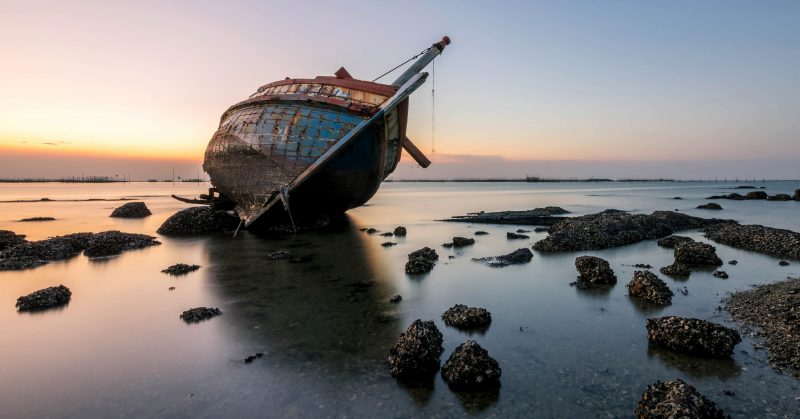The U.S. Navy’s reaction to marine researchers recently finding the stern of a World War II ship was understandably, and appropriately, muted. Of course, finding the destroyer’s sunken stern was a relief and a joy–however, everyone keenly felt that a discovery marking the watery grave of dozens of American servicemen was not an occasion for unalloyed celebration.
It is easy to forget that there was an attack on American soil during the war. “Over there” wasn’t just a slogan from a song by George M. Cohen, it was a belief that the war was happening someplace else. But that wasn’t entirely true. The Japanese seized Alaska’s Attu Island, and it was not until almost a year later, during the battle of Attu in 1943, that the Americans took control again.
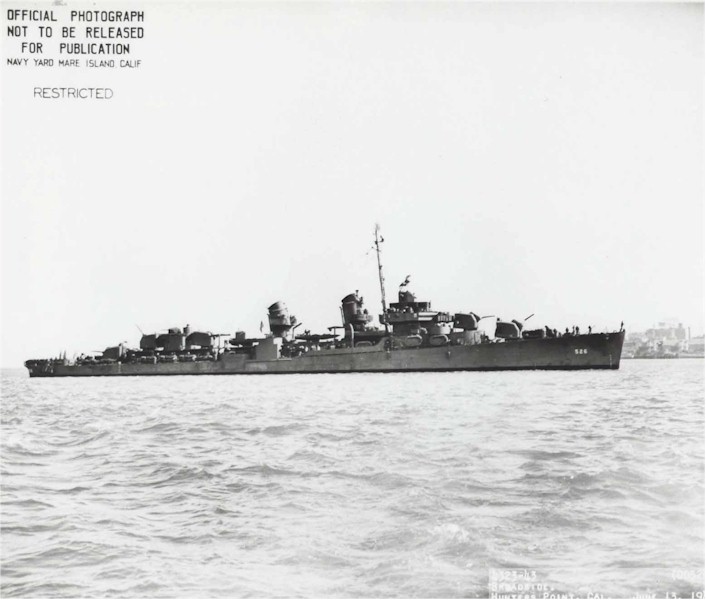
The Abner Read, named for a Civil War soldier, was patrolling the Aleutian Islands near Alaska when it unexpectedly hit a Japanese mine, which tore off the stern. The crew of 250 that remained aboard managed to make the ship seaworthy enough to get her back to shore for rebuilding. But 71 men lost their lives, and only one was found at the time.
In July 2018, sea researchers from the Scripps Institution of Oceanography, which is part of the University of California, San Diego; and the University of Delaware, found the stern almost 295 feet below the surface of the Bering Sea. The hunt for the Abner Read‘s stern was a project funded by the American government.
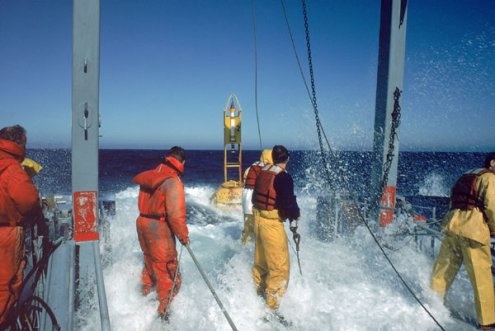
From one vantage point, the discovery was cause for glee. “To hit success is obviously extremely joyous for everyone,” said Andrew Pietruszka, a marine archaeologist with the Scripps Institution. “It’s like a touchdown.”
The Navy’s reaction was naturally more somber. There are 71 men under those waters who died serving their country, and the Navy has no intention of disturbing them. “We take the protection of these wrecks very seriously because we believe they are war graves,” Paul Taylor, of the Naval History and Heritage Command, told the Navy Times when the find was revealed.
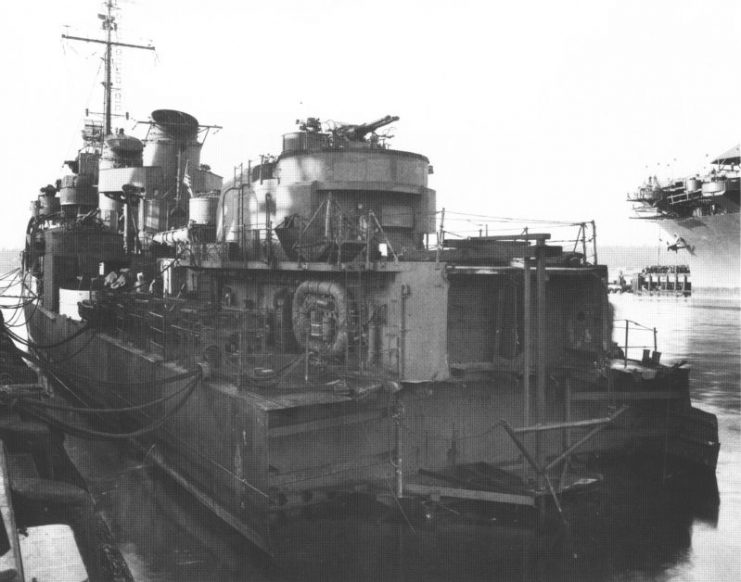
A man who survived that explosion–and more–is Daryl Weathers, who recalled the event vividly to the Navy Times. He and his shipmates struggled to save their comrades, often to no avail. “So many (men),” he said, “we couldn’t save them all.”
The sheer number of casualties was not the only problem, but also that many were slick with oil from the damaged ship. “They were so slippery you couldn’t get hold of them,” he said. Furthermore, “the water was so cold,” Weathers remembered, “you were only good for a few minutes, then you had hypothermia; they just gave up…and quit swimming.”
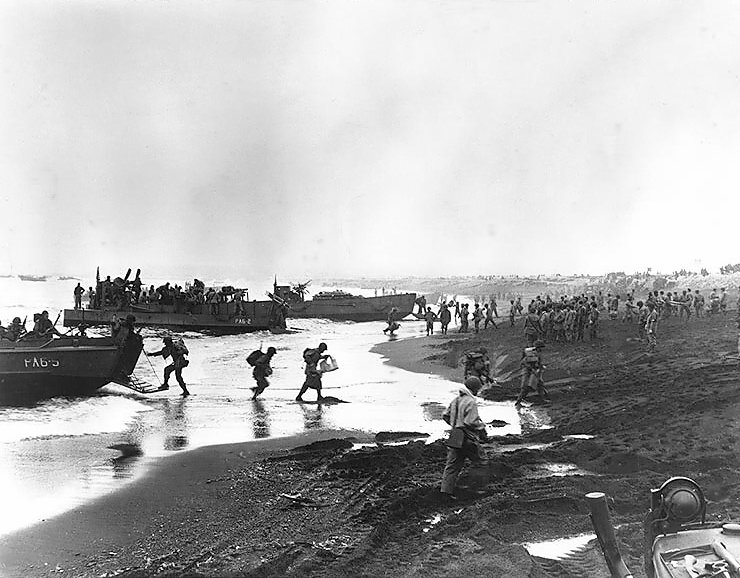
In spite of the mine explosion, the Abner Read and her crew were not through serving their country. Once the stern was repaired, back into battle she went.
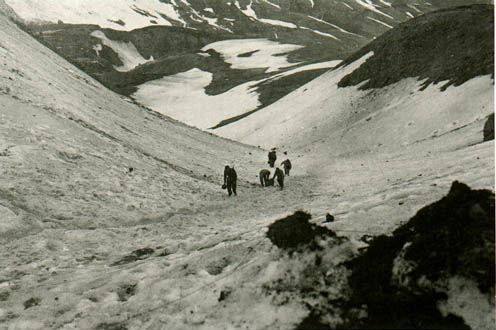
Weathers was still aboard when the destroyer went to sea for the second time. The ship fought in the South Pacific until 1944, when the Japanese struck her again. That time, the Abner Read sank, during the Battle of Leyte Gulf in November 1944, killing 22 men.
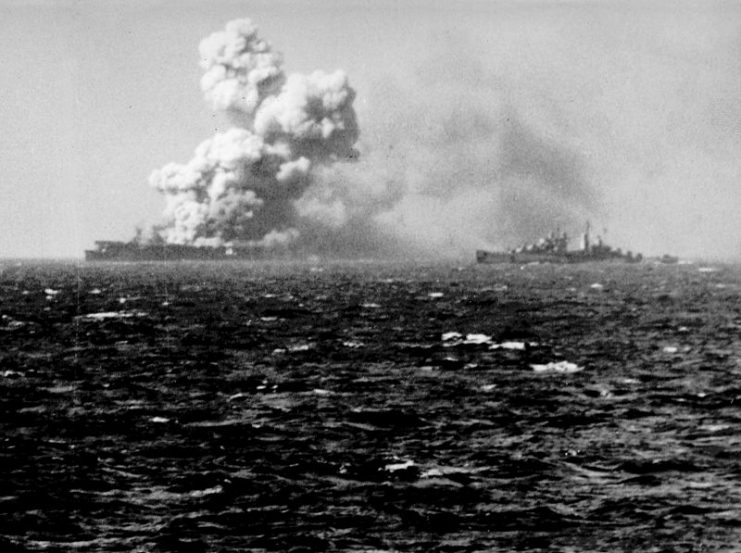
Weathers feels deeply for his fallen comrades and knows he is lucky to have survived both attacks. The others, lost to the sea, were honored by the men who found her stern in a wreath-laying ceremony. The wreath lies in mute testimony to the men who served their country during the only battle fought on American soil in World War II.
